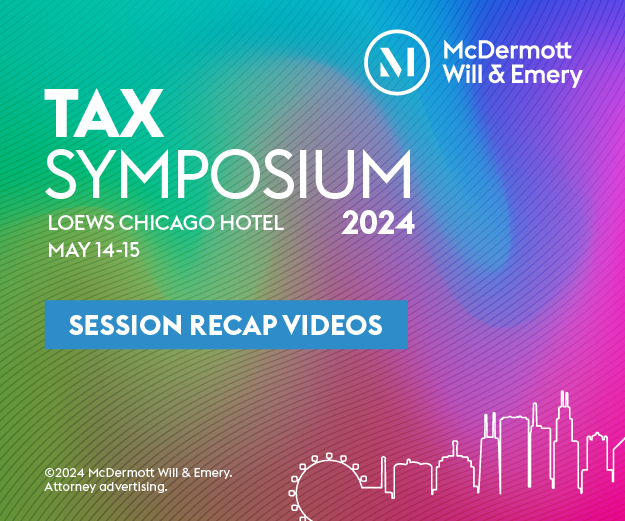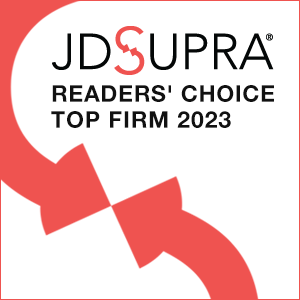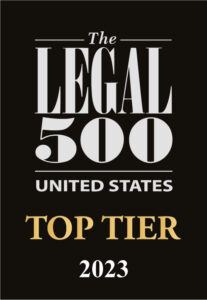Recently, the Internal Revenue Service (IRS) has been asserting the Internal Revenue Code Section 6676 penalty much more frequently in examinations and in court. For example, in 2023, a government counterclaim in the US District Court for the Middle District of Georgia sought to recover Section 6676 penalties in Townley v. United States. And, internal IRS guidance requires examiners to consider whether to assert the penalty in every case in which a refund is disallowed.
In light of these factors, and major questions being raised in high-profile tax cases like Moore v. United States, which is currently pending before the Supreme Court of the United States, taxpayers are wondering whether the penalty can be asserted as a protective refund claim.
read more

 Subscribe
Subscribe




